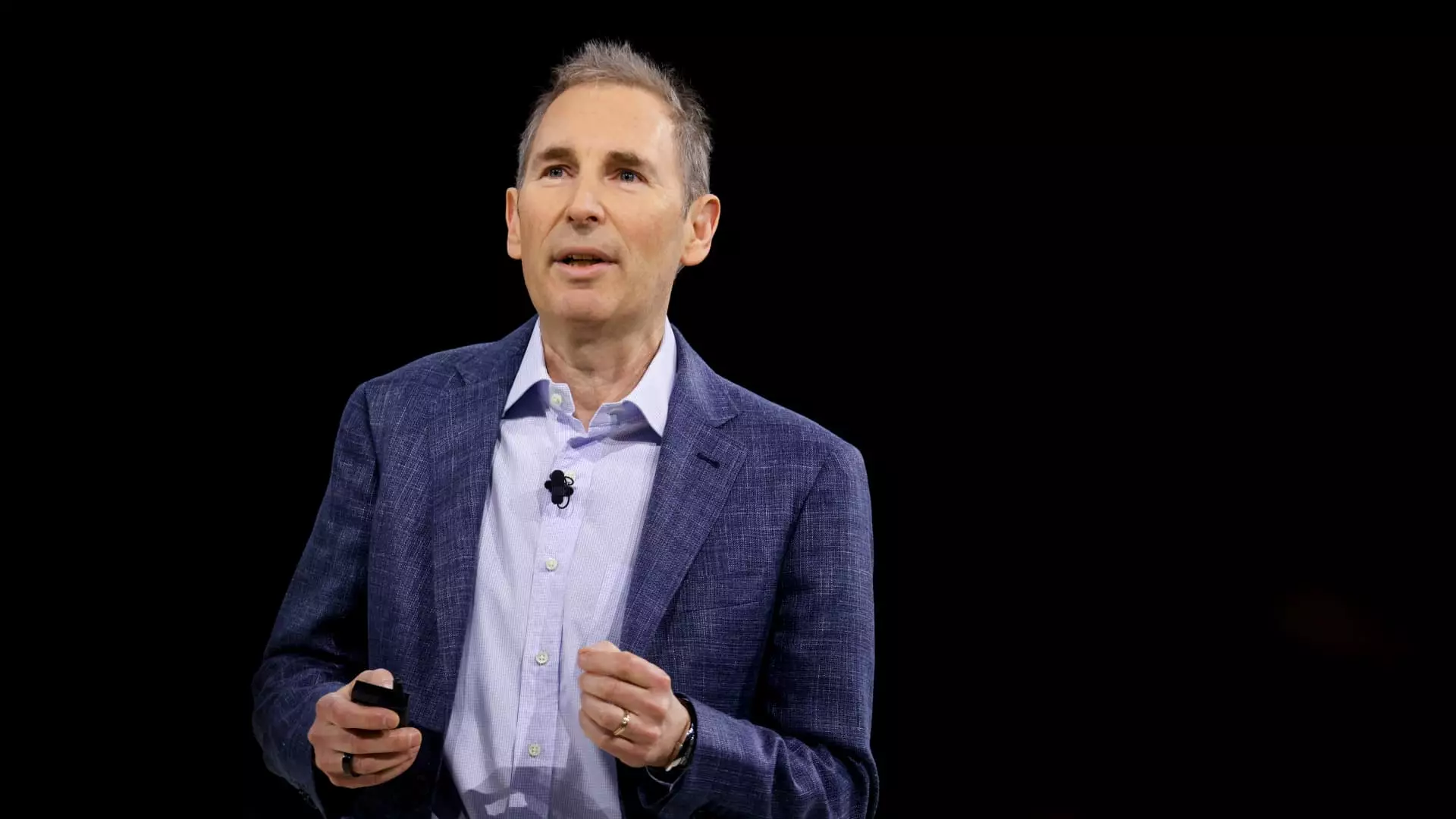Amazon CEO Andy Jassy openly acknowledges a truth many corporate leaders shy away from: the rapid adoption of generative AI will inevitably reduce the number of employees needed to perform certain tasks. This is not mere speculation or a distant possibility—it is a concrete trend already underway, as evidenced by Amazon’s recent and ongoing workforce reductions. While Jassy reassures that new roles in AI and robotics will offset some losses, the reality is that automation is fundamentally reshaping employment structures in ways that are difficult to reconcile with traditional notions of job security.
Automation’s Double-Edged Sword: Efficiency vs. Human Cost
The promise of AI lies in efficiency and innovation, but it comes at a palpable human cost. Amazon’s history of cutting more than 27,000 jobs since 2022 underscores a hard economic fact: technology does not just assist workers; it replaces them. Jassy’s optimistic view—that AI will liberate employees from monotonous work and ignite creativity—is appealing on paper but underestimates the scale of job displacement. The challenge is less about AI creating new roles and more about managing the transition for millions of workers whose skills become obsolete in a matter of years.
Tech Sector’s Echo Chamber: A Cautious Celebration of AI
Across the broader tech industry, CEOs from Salesforce to Klarna celebrate AI’s ability to handle a significant portion of work—sometimes 30% to 50%. But these revelations reveal a sector-wide strategy that embraces AI not just to complement human labor, but to reduce it. Klarna’s 40% workforce reduction, partly driven by AI, signals a growing trend toward leaner companies aiming to maximize output with fewer employees. The rhetoric of “more interesting jobs” seems less like a comforting promise and more like a branding exercise to mask inevitable layoffs.
The Competitive Consequences for American Workers
The tech-driven shift intensifies a broader economic tension: how to balance technological progress with workforce welfare. Amid flat Amazon shares and a tech market where competitors like Microsoft and Nvidia hit record highs, Amazon’s embrace of AI may be as much about shareholder appeasement as operational efficiency. For the American workforce and mid-level employees, the risk is tangible—careers in retail, logistics, and even corporate functions may shrink, pushing more workers into precarious, lower-paying, or gig-based roles.
Facing Reality: Preparing for a Workforce Reimagined by AI
It falls to policymakers and business leaders alike to confront these uncomfortable truths. The market-driven shift to AI-driven efficiency is inevitable, but so is the responsibility to provide robust retraining programs and safety nets. A laissez-faire attitude risks exponential social consequences: widening inequality, economic disenfranchisement, and a workforce unprepared for the jobs of tomorrow. While innovation is vital, it should not come at the expense of the millions who power America’s economy. Amazon’s AI revolution illustrates a critical crossroads where progress demands accountability—and pragmatism over platitudes.

